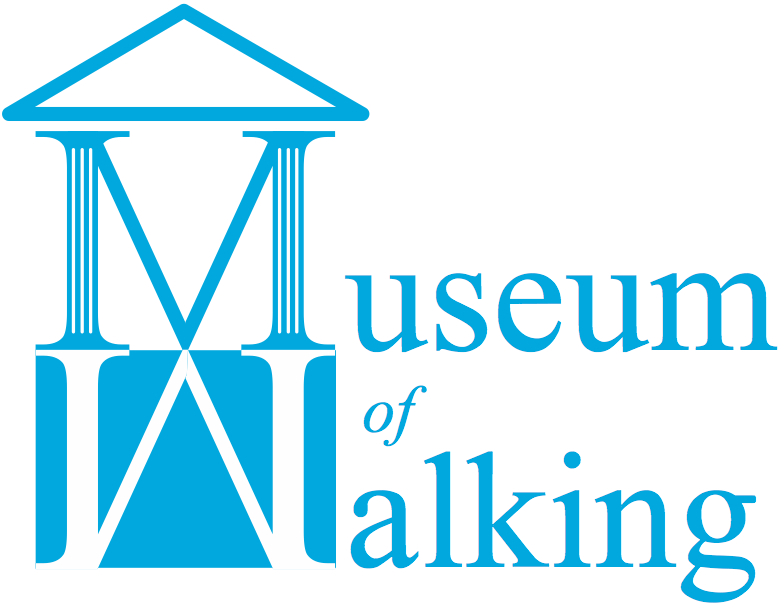Tom Bolton, author of soon to be published “The Lost Rivers of London: A Walker’s Guide” entertained more than a dozen participants in Rethinking Cities’ latest Wednesday After Work Walk along the route of the Tyburn river describing its history and how it has influenced the street pattern and development of London’s West End.
Rising at Shepherd’s Well on the edge of the southern ridge of Hampstead Health, the Tyburn follows a route via Regent’s Park, to Paddington Street Gardens, where After Work Walkers, equipped with home made dowsing rods began their investigation into its route south. Traces of the Tyburn can still be seen and heard under the manhole covers of Marylebone Lane – but how best to make certain of this? Unperturbed by early evening drinkers smoking outside the pub, our inveterate Tyburn followers used common sense techniques.
“After Work Walks are all about participants creating the art in taking part” so says promoter Andrew Stuck from Rethinking Cities, who encouraged participants to come dressed in blue (to emulate the river), created the dowsing rods and equipped participants with hand-sewn sketchbooks to record their discoveries.
Crossing Oxford Street from St Christopher’s Place, en masse through the congested footways (made worse by being hemmed in by Thames Water and Crossrail construction barriers), walkers were brought together by a line of wool which was then unravelled down South Molton Lane, tracing the route of the Tyburn.
With a further stop at Shepherd’s Market to glance up at the curtained and red lit window of the last surviving brothel (not to overlook acknowledging Jeffrey Archer’s dalliance here), the walking investigation crossed Green Park to Buckingham Palace under which one branch of the river flows, and continued to Carlisle Place and the start of the King’s Scholar’s conduit that takes the Tyburn to its outfall into the Thames at Pimlico.
This is one of four After Work Walks taking place on consecutive Wednesday’s in July – part informal networking, part participatory art, and part a chance to see London’ through a fresh lens.
This article previously appeared on the Rethinking Cities website.
